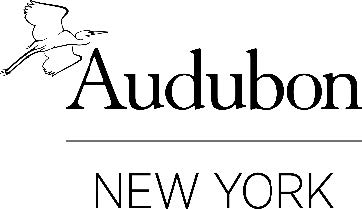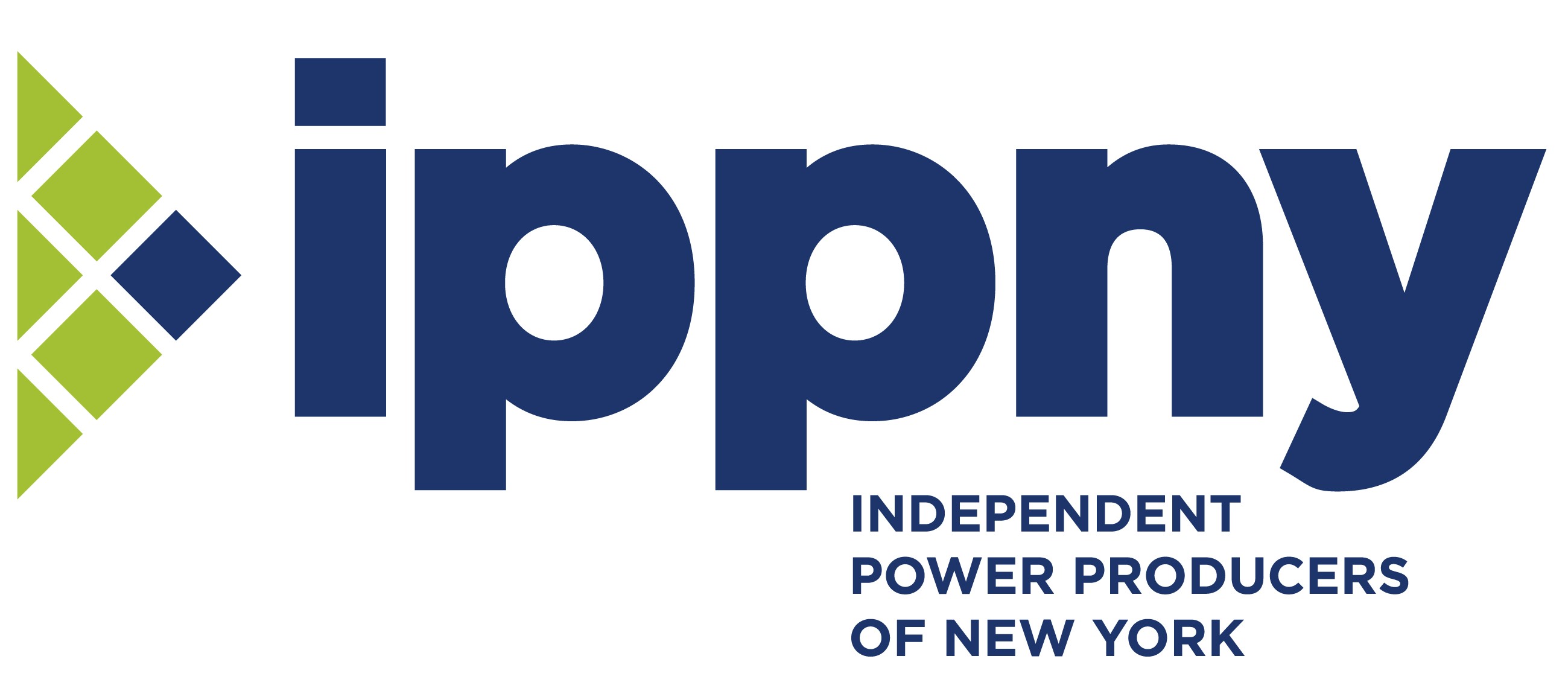Joint Amendment to A.1903-A (Glick) similar to S.6257 (Sanders)
 |
 |
 |
Joint Amendment to A.1903-A (Glick) similar to S.6257 (Sanders)
Wind Turbine Blade Color and Birds
May 22, 2023
Although ACE NY, Audubon NY, and IPPNY appreciate that A.1903-A (Glick) includes provisions that recognize the jurisdiction of the Federal Aviation Administration (FAA) over the color of wind turbine blades, in a manner that substantively addresses one element from our suggested 2021 amendment, A.1903-A (Glick) must be revised further to include additional provisions from our 2021 amendment to ensure that:
- any new blade color requirements do not apply to existing wind turbine facilities, as re-permitting already operational facilities would delay compliance with the renewable energy target under the Climate Leadership and Community Protection Act; and
- the Office of Renewable Energy Siting (ORES) updates its regulations for Uniform Standards and Conditions, in order to provide an opportunity for transparency through public comments and hearings that are part of the existing rulemaking process.
By way of background, the FAA requires turbine blades to be painted white or light grey to increase visibility to aircraft (p.51). Also, existing ORES regulations require that wind facilities, wind turbines, towers and blades shall be FAA approved white or off-white colors to avoid the need for daytime aviation hazard lighting, unless otherwise mandated by FAA, and non-reflective finishes shall be used on wind turbines to minimize reflected glare (Sub-paragraph (5) of paragraph (d) of §900-2.9 of Chapter XVIII, Title 19 of NYCRR).
In addition, there is currently insufficient research on whether changing the color of wind turbine blades is an effective strategy for minimizing bird mortality, even though there have been suggestions stating that painting one of three wind turbine blades black could protect birds. The Norway study cited in 2021 was limited in scope; it looked at only eight turbines and placed black paint on four of those turbines. In 2022, PacifiCorp, a regional power provider serving customers in six western states, began partnering with the U.S. Geological Survey, Renewable Energy Wildlife Institute, U.S. Fish and Wildlife Service and the Wyoming Game and Fish Department in developing a novel study to evaluate the effects of painting one wind turbine blade black to reduce risks to birds flying near wind projects, and that study is still underway. Further study is needed before we can determine if changes in wind turbine blade color can be an effective strategy for reducing bird collisions.
It is important that we continue to explore and develop evidence-based strategies to reduce bird collisions and mortalities. Clean, renewable sources of energy, such as wind power, have few negative environmental impacts and are essential components in our fight against climate change. If we can minimize or eliminate negative impacts to birds with scientifically proven methods, it will be a win-win for renewable energy developers and birds.
For these reasons, ACE NY, Audubon New York, and IPPNY are proposing the following amendments (shown in bolded text) to A.1903-A (Glick).
Amendment – May 22, 2023
STATE OF NEW YORK
____________________________________________________________________
1903--A
2023-2024 Regular Sessions
IN ASSEMBLY
January 23, 2023
___________
Introduced by M. of A. GLICK -- read once and referred to the Committee
on Energy -- committee discharged, bill amended, ordered reprinted as
amended and recommitted to said committee
AN ACT to amend the executive law, in relation to the development of
uniform standards for the coloring of wind turbine rotor blades
The People of the State of New York, represented in Senate and Assem-
bly, do enact as follows:
1 Section 1. Subdivision 3 of section 94-c of the executive law is
2 amended by adding a new paragraph (c-1) to read as follows:
3 (c-1) In addition to the uniform standards and conditions for the
4 siting, design, construction and operation of major renewable energy
5 facilities established pursuant to paragraph (b) of this subdivision,
6 the office shall establish, in consultation with the department of envi-
7 ronmental conservation, uniform standards and conditions for the coloring
8 of wind turbine rotor blades. The uniform standards and conditions
9 established pursuant to this paragraph shall be designed to avoid or
10 minimize, to the maximum extent practicable, any bird collisions arising
11 from the siting, design, construction and operation of a major renewable
12 energy facility utilizing wind turbines.
13 § 2. This act shall take effect on the one hundred eightieth day after
14 a determination has been made by the federal aviation administration to
15 allow for a revision to the coloring of wind turbine rotor blades to minimize, to the maximum extent practicable, any bird collisions; provided, however,
16 that:
17 (a) the office of renewable energy siting shall notify the legislative
18 bill drafting commission upon the occurrence of such determination made
19 by the federal aviation administration to allow for such a revision to the coloring of wind
20 turbine rotor blades in order that the commission may maintain an accu-
21 rate and timely effective database of the official text of the laws of
22 the State of New York in furtherance of effecting the provisions of
23 section 44 of the legislative law and section 70-b of the public offi-
24 cers law;
(b) section one of this act only shall apply to applications for a siting permit filed with the office of renewable energy siting after the
date of enactment of this act and shall not apply to any existing major electric generating facility that has received a certificate of environmental compatibility and public need pursuant to article 10 of the public service law or to any application for an amendment to such a siting permit or a certificate;
(b) The office of renewable energy siting shall, within one year of the effective date of this section, promulgate rules, regulations, and procedures as may be necessary, convenient, or desirable to effectuate the implementation of section one of this act; and
25 (c) the amendments to subdivision 3 of section 94-c of the executive
26 law made by section one of this act shall not affect the expiration of
27 such section and shall be deemed to expire therewith.
EXPLANATION--Matter in italics (underscored) is new; matter in brackets
[ ] is old law to be omitted.
LBD03175-04-3

